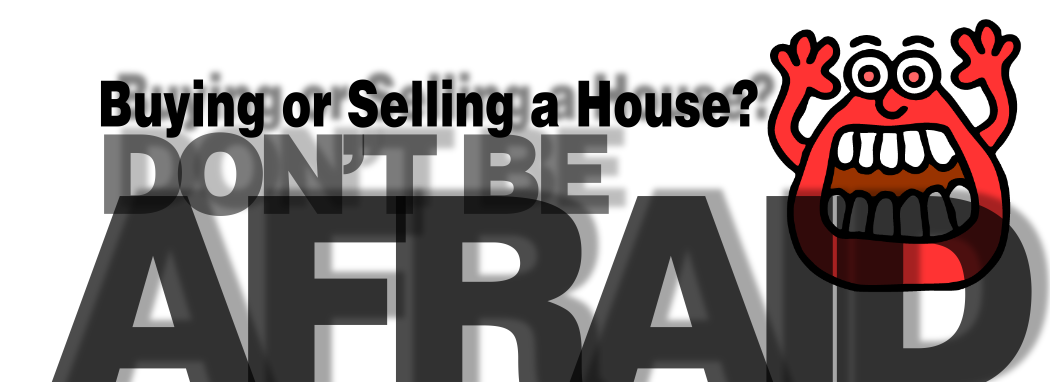The charges and fees imposed on a borrower purchasing a home these days can be dizzying, even for some seasoned professionals. Seems like every time something is done on your file, or on your behalf, someone else gets to charge a fee for that. Some of these fees are just inevitable, and quite frankly, brought on by the government required paperwork that the different people working on your loan file have to contend with every day. Other fees can be managed, and depending on your individual circumstances, can add up to a big difference when the dust settles several years after your closing.
I don’t want to get into a finance lecture, but there is a relationship on any given day between the interest rate you might pay and the points (origination fee and discount points) that you are being charged. Speaking strictly in an apples to apples context, (let’s say a 90 percent loan, fixed rate, for 30 years), you would typically be given the choice of getting a lower interest rate with higher points being charged, or a higher interest rate with lower points being charged. Technically, an inverse relationship. The lower the interest rate, the higher the initial juice. The higher the interest rate, the lower the initial juice. Of course, the lender is in it for the long term, and ultimately, will get just about what was expected to be the average return for the portfolio.
A borrower though, has control over what he chooses, and more importantly, has some idea as to for how long he’ll have the loan before either paying it off by either refinancing or selling. Why is that important? Simple.
If you are purchasing your dream home and intend to stay in it for the next 30 years, then the calculations might work in your favor if you opt for higher upfront juice, and a lower interest rate over the life of the loan.
If you know that your circumstances are going to change, and that you’ll most likely be selling your home in the next 2 or 3 years, it might make more sense to pay a slightly higher interest rate, but not have to pay so much juice at the beginning.
This is a simplistic analysis, and of course, requires a little more discussion with you and your loan officer. Ultimately, the solution is nothing more than an 8th grade math story problem that a sharp pencil and calculator can figure out. Yes, assumptions are being made, and you are placing your bet on those assumptions.
Even more extreme – if in fact you know for sure you are going to bail in a year or two, the lender (assuming you’ll stay in the loan for the ‘average’ period of time) could potentially pay you a premium if you opt for a rate that is higher yet. That’s correct. Instead of a charge for origination fees and discount points, the lender is giving you a credit instead.
Now, of course, nothing is as easy as it may seem, as there are other factors that influence what the correct choice is. However, being a well informed borrower can make a big difference in working with your loan officer to choose just the right loan program for your particular needs.
